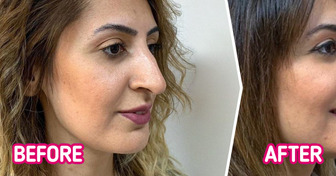13 Correct Things Our Parents Used to Teach Us in Childhood That We Ignored

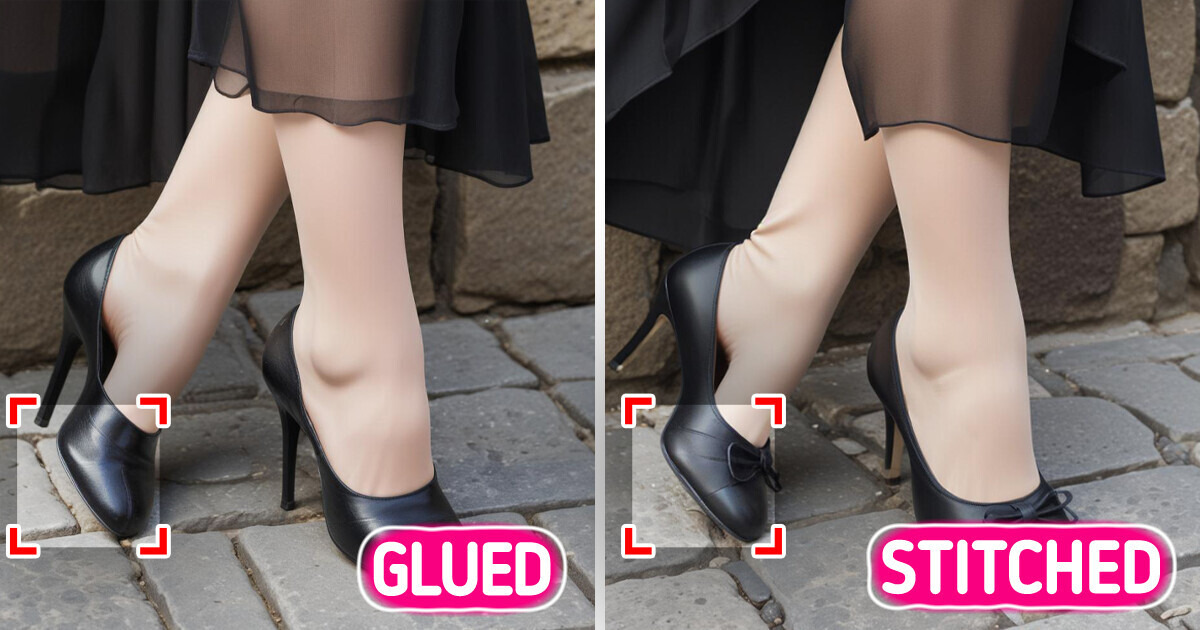
When searching for the perfect pair of shoes, it’s essential to strike a balance between comfort and style. While many options in footwear stores seem to satisfy both these criteria, they often fall short in quality, leading to disappointment over their short lifespan. To help you make a wise investment, we’ve compiled key factors to consider when selecting a truly durable and high-quality pair of shoes.
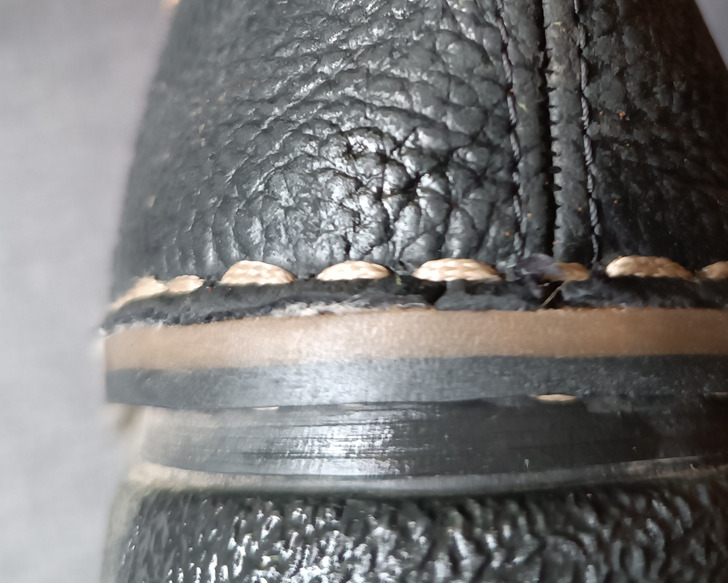
Manufacturers frequently use glue to bond various components of a shoe. When high-quality adhesive is applied correctly, it can significantly enhance the longevity of the footwear. However, if you notice small glue drips at the seams or residue on the surface, it’s a telltale sign of inferior craftsmanship and potential production flaws, suggesting that these shoes may not withstand the test of time.
If any part of the shoe, such as the sole or insole, begins to detach, it likely indicates that the shoemaker used low-quality or outdated adhesive, which means this pair is prone to falling apart quickly.
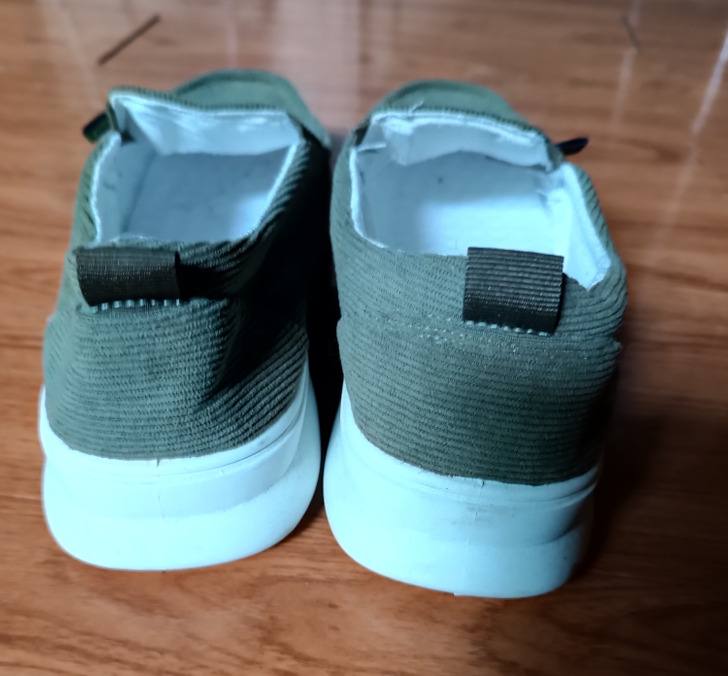
A high-quality pair of shoes should exhibit perfect symmetry, as any discrepancies between the right and left shoes may signal a defect. To assess this, align the soles of both shoes to see if their length and width are consistent.
Additionally, place the shoes on the floor to evaluate whether the height and contour of the upper edge of the heels are symmetrical. If the soles feature different paint colors, ensure that the paint remains within the boundaries of the sole and that the patterns align. Noticeable irregularities in symmetry are clear indicators that the manufacturer may not have prioritized quality in production.
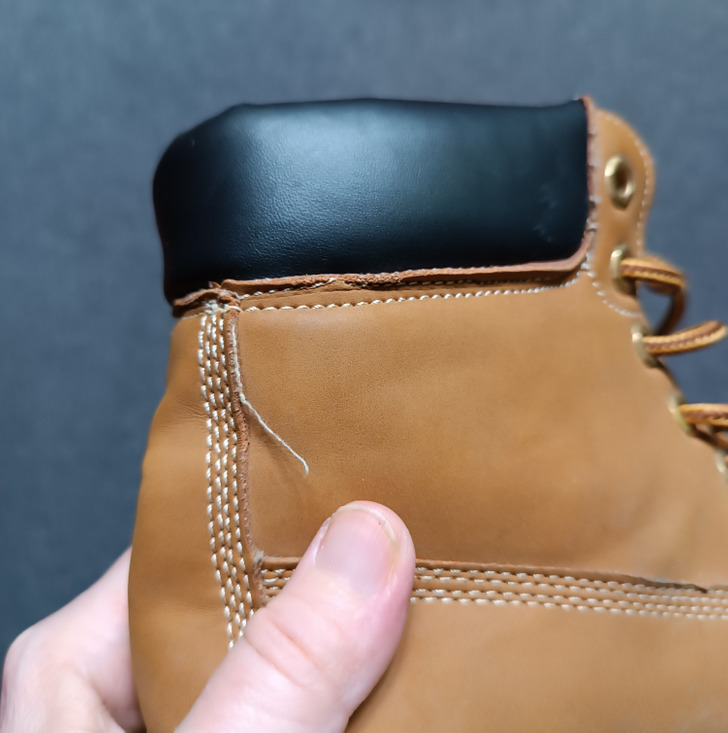
Uneven or misaligned seams can detract from the overall appearance of shoes. This issue often arises from the use of overly thin threads or subpar workmanship, which can lead to a pair that wears out much more quickly. It’s crucial to assess the consistency of the stitching and the evenness of the seams.
If the seam line appears curved or zigzagged, it indicates poor quality, suggesting that the shoes will likely lose their aesthetic appeal within a few months. Additionally, zigzag stitching is often employed to conceal imperfections in the stitching itself.
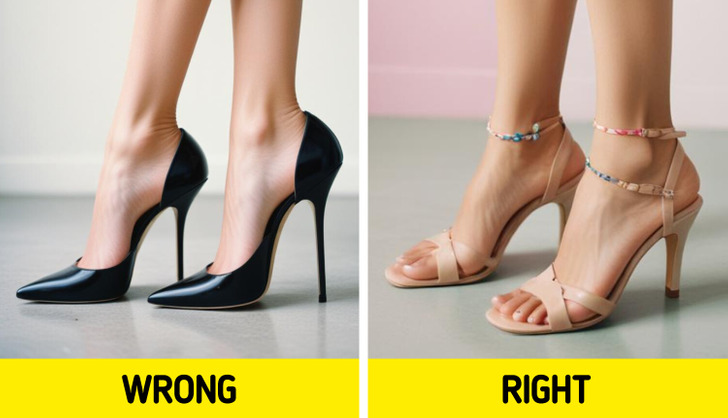
The heel should be securely attached to the sole and should not wobble. To evaluate this, examine the shoes from the side. In well-crafted pumps, the high heels are precisely aligned with the center of the shoe and make contact with the ground at a slight angle.
It’s also important to inspect the heels from the back; any deviation from a 90-degree angle is a sign of a defective product. Additionally, wearing shoes with misaligned heels can pose a risk of ankle injuries.
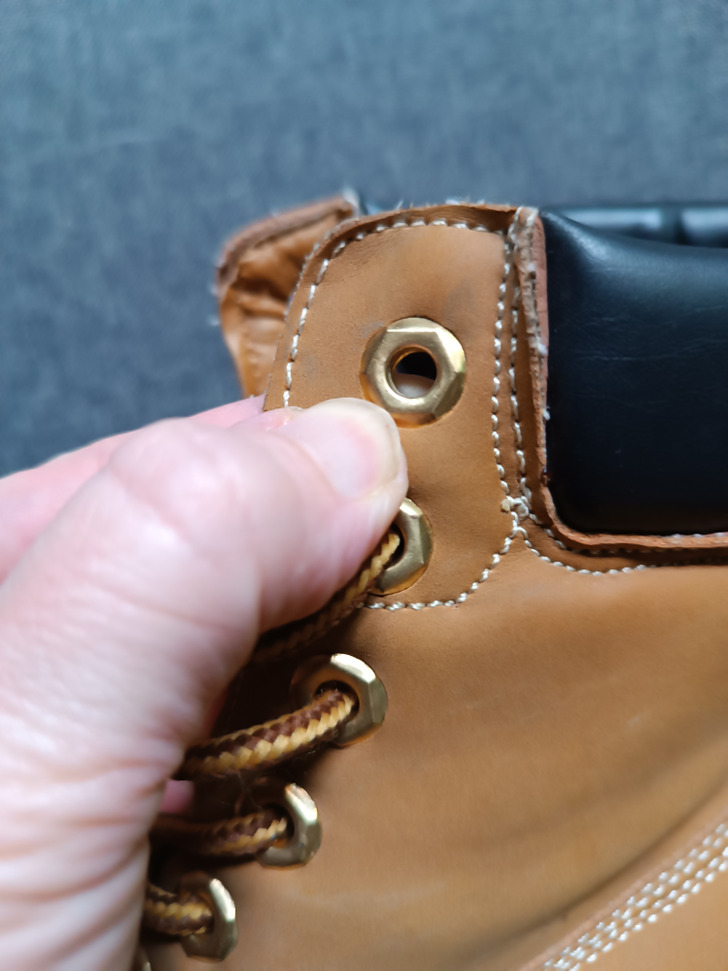
All metal or plastic components on the shoe, particularly those in contact with the skin, should be securely fastened. It’s essential to closely inspect the eyelets for the laces, as loose eyelets—though uncommon—can pose a risk of injury to the wearer.
Additionally, assess the attachment of any embellishments on the shoe. If any decorations come loose, the overall appearance of the pair will be compromised.
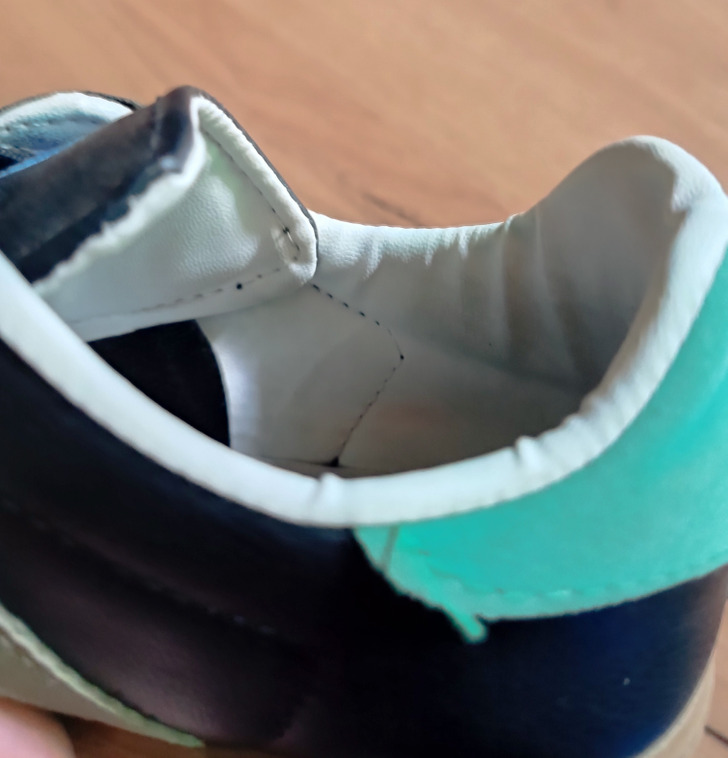
Some manufacturers cut corners by skimping on employee training and failing to calibrate equipment before launching a new product line. Consequently, shoes, boots, and sneakers may exhibit minor defects, such as wrinkles and creases. While small imperfections may not pose significant issues for the wearer, larger creases can cause friction against the skin during movement, leading to painful abrasions and blisters.
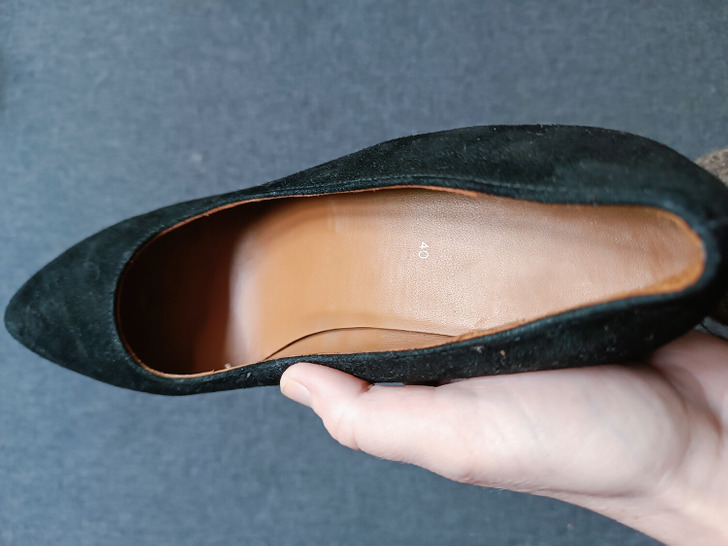
Even if a shoe appears flawless on the outside, it’s crucial to examine the interior as well. If the insoles display small wrinkles and creases, this pair is likely to be uncomfortable for extended wear. Additionally, be sure to run your fingers over the insoles to check for any bubbles or imperfections.
Another critical factor is the presence of cushioning between the insole and the sole, particularly in the toe and heel areas. Without adequate cushioning, prolonged walking in these shoes can lead to discomfort not only in your feet and legs but also in your back.
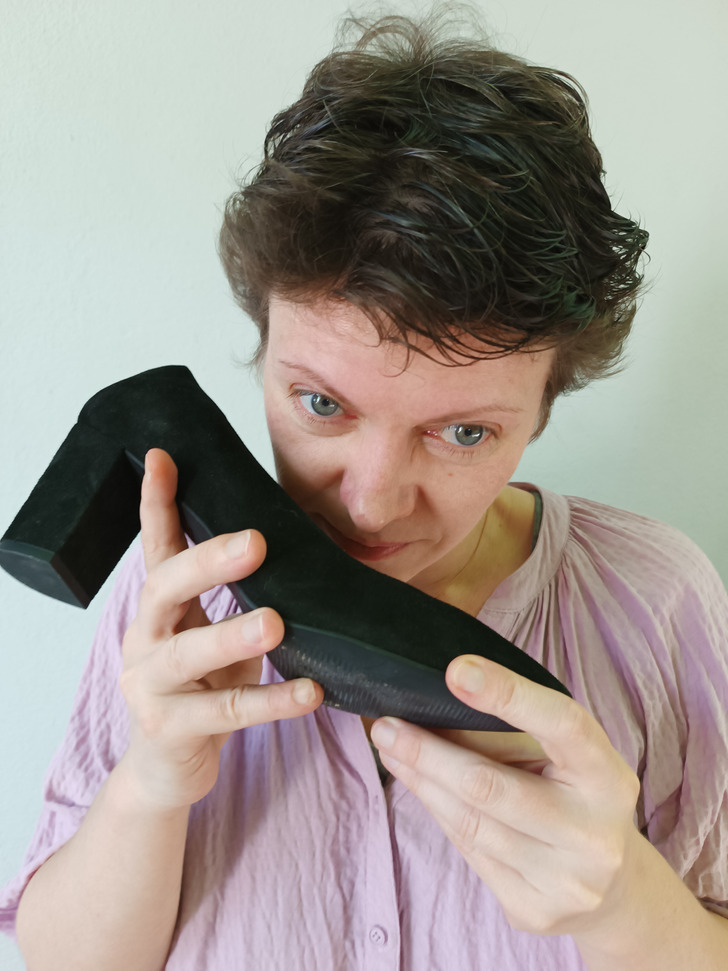
Low-quality and inexpensive shoes frequently emit a strong chemical odor, which is a sign that you should avoid purchasing them. In contrast, if the shoes or boots have a pleasant scent of leather, polish, or wood, you can be confident that they are of high quality.
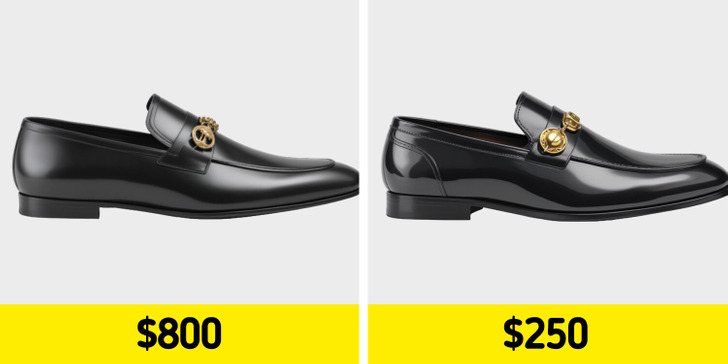
When evaluating the quality of a shoe, price should not be your only criterion. Instead, consider it as a general indicator of where the shoe might fall on the quality spectrum.
Judging quality is often easiest at the lower end of the price range. High-quality materials and craftsmanship come at a cost. If a shoe is priced around $40, it’s reasonable to assume that the brand has made compromises in quality.
However, expensive shoes can also be misleading, especially from luxury brands. For instance, consider the comparison between two different lines of horse bit loafers. Despite the significant price difference, the higher-priced option may not necessarily offer superior quality. The handcrafted pair, priced lower, can outperform the luxury counterpart in terms of materials and craftsmanship.
Ultimately, marketing heavily influences perceived quality, often blurring the lines between true craftsmanship and brand image.
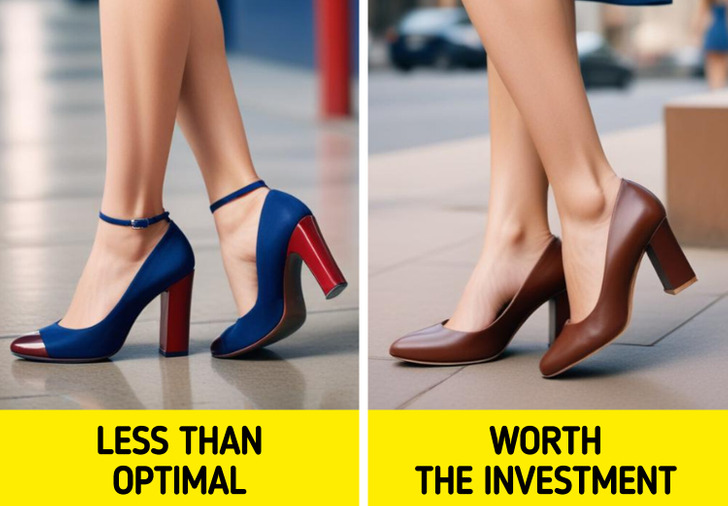
While high-quality shoes can certainly be made from synthetic materials, particularly in sports models, genuine leather remains the ideal choice. Leather shoes are generally softer and conform better to the shape of your foot, providing a significantly more comfortable fit.
However, not all leather is created equal. Many manufacturers may not disclose the specific type of leather used in their shoes to reduce costs. To assess the quality of the product in your hands, take a close-up photo of the shoes and zoom in on the image. If you can observe pores on the leather, it’s a good indication that you can confidently purchase the shoes.
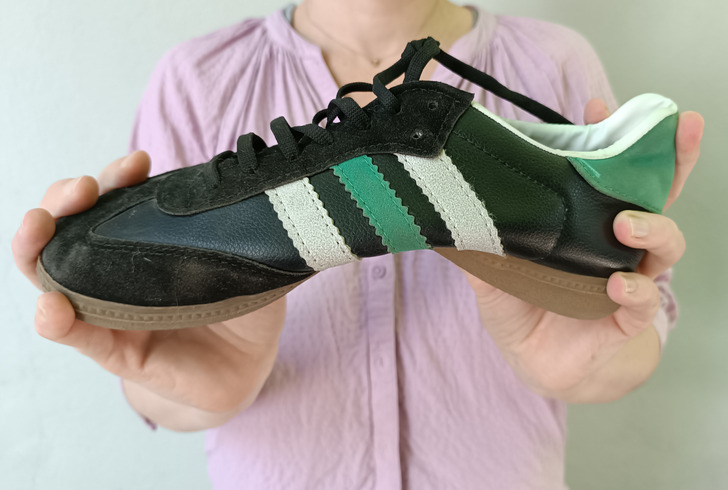
While you don’t need to excessively flex your shoes, a slight bend can help you assess the flexibility of the sole and ensure it stays securely attached to the upper part during movement. Additionally, gently pressing the sides of the shoe is advisable. Since our feet tend to swell slightly throughout the day, a quality pair should comfortably accommodate these changes.
Many shoe stores feature soft carpeting on the floor, so it’s wise to take a brief walk on a harder surface before finalizing your purchase. If the soles and heels produce unpleasant clanking noises while you walk, it’s likely that you’re dealing with a low-quality pair. Additionally, platform or wedge shoes should not sound hollow or echo as if there are voids within the sole.
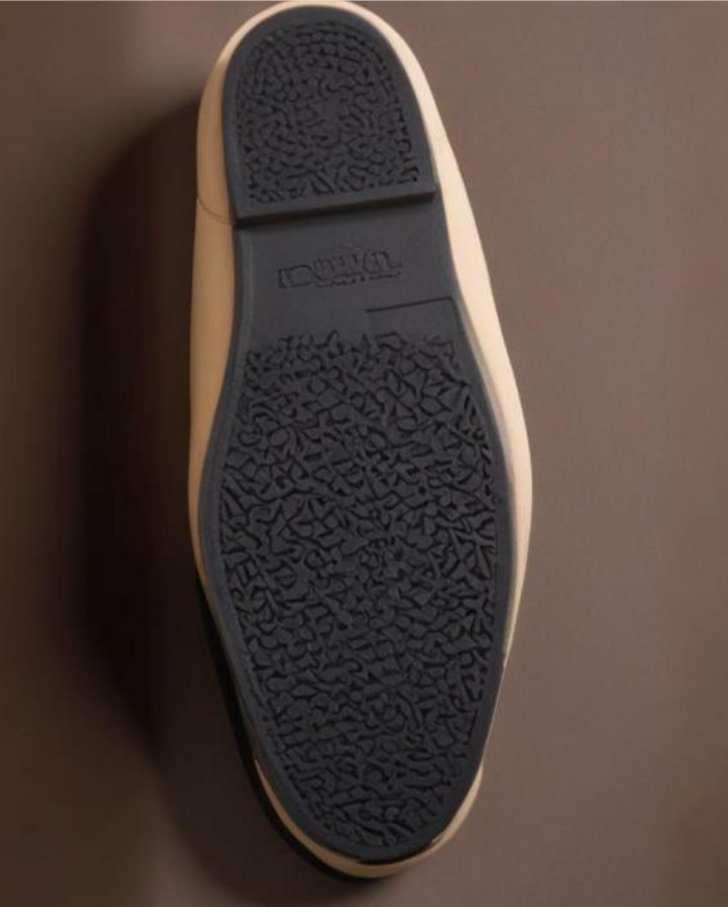
Typically, the sole of a high-quality pair of shoes is made from leather or high-grade rubber. Such shoes offer comfort during wear and provide excellent traction, minimizing the risk of slipping. Conversely, if the base of the sole is uneven, it can lead to discomfort while walking.
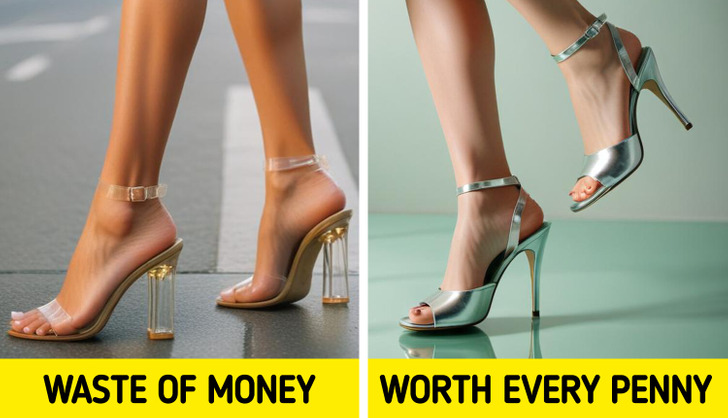
Additionally, it’s important to consider the material used for the heels. If the manufacturer opted for plastic or failed to cover the heel with leather or fabric, you’re likely dealing with a low-quality product that falls short of perfection.
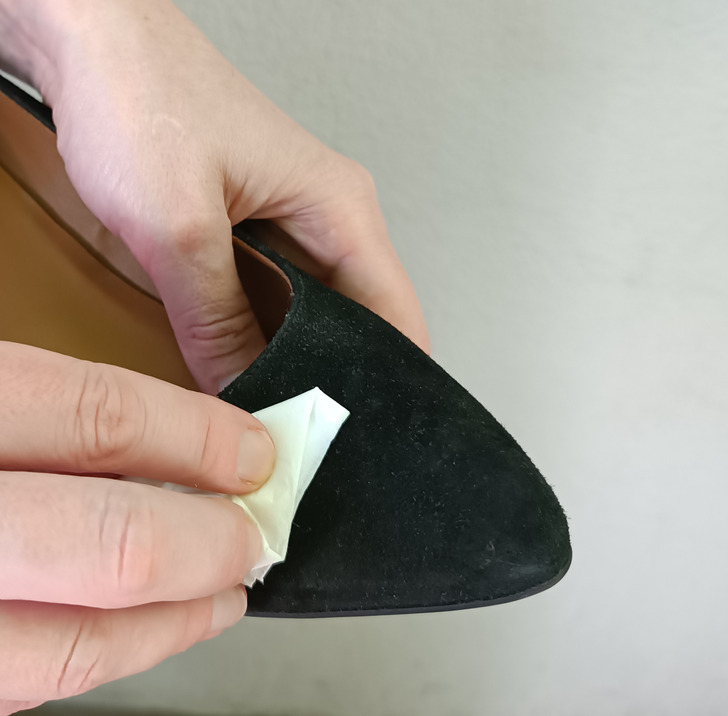
Sometimes, manufacturers use subpar leather dyes that can stain skin or clothing. To avoid this issue, it’s wise to thoroughly rub the shoes, both inside and out, first with a dry cloth and then with a damp one. If no marks appear on the fabric, you can be confident that the shoes are safe to purchase.
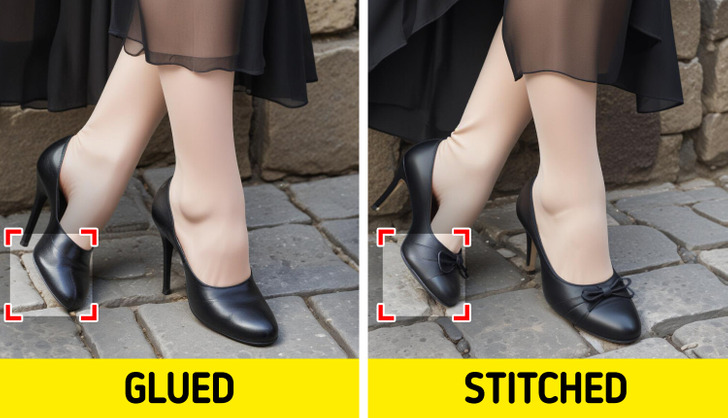
Now that you know how to spot poor quality shoes, are you ready to trick the eye and make your legs look longer? Stay tuned for our next article on shoes that create optical illusions!

